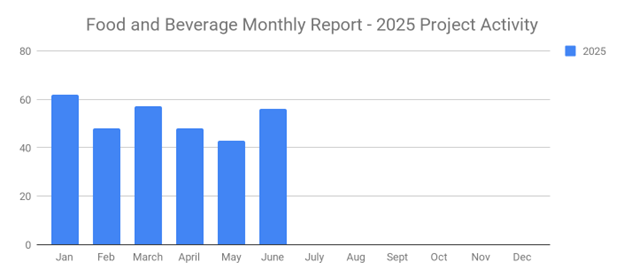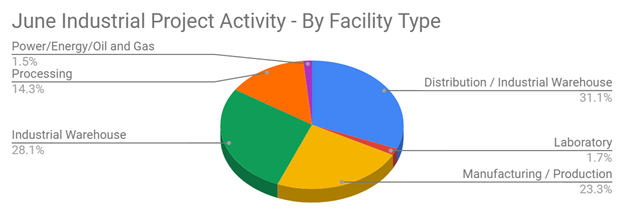As a provider of corporate and office relocation services, you must constantly work to find new clients; otherwise, you'll find yourself with a weak sales pipeline. While there are dozens of different ways to acquire clients, cold calling is arguably one of the most effective methods to generate new B2B sales leads. Assuming you have a list of viable prospects, you can call them to introduce your office relocation services and begin the process of nurturing that prospect into a client. Here are some cold-calling strategies that might help improve your conversion rates.
Target the Right Prospects
Cold calling is only effective if you are calling prospects who will have a need or are interested in your services. For instance, attempting to cold call a retail business owner to sell your office relocation services probably isn't going to be very efficient. It's highly unlikely that a retail store has any need to relocate their office (if they even have an office). On the other hand, cold calling business owners in downtown office buildings will greatly increase your chances having meaningful converstion with potential prospects.
Using office relocation leads is also a great way to improve your results. When your'e going into a call, just knowing that they will have a need for your services in the near future changes the entire nature of the discussion. An added benefit is that you have a great tool for building rapport because you know something about their organization that most sales people don't.
Schedule Follow-Up Meetings at a Specific Time
Rather than saying “let's chat again next week,” ask prospects for a specific date and time for a follow-up consultation. Assuming the prospect is interested in your service, he or she will probably want to sit down to discuss the details. By setting a specific time for these consultations, you'll have a stronger response and ultimately more conversions. You want to guide the entire sales process and a key part of succeeding at that is to subtly maintain conrol of next steps.
Call at the Right Times
The time of day when you cold call will have a direct impact on your ability to convert prospects into paying clients. According to a 2007 study conducted by the Kellogg School of Management, the best times for cold calling is between 8-9 AM and 4-5 PM, whereas the worst times are between 1-2 PM. I'm not saying that you can't call at 1 pm, but it just might not be where you get the best results.
Create a Sense of Urgency
Try to create a sense of urgency when cold calling your sales leads. For instance, if you're an office furniture dealer, you could offer to cover the design fees associated with the space planning; just make sure to make the profit back up on materials you supply. The idea behind this strategy is to entice the prospect into selecting you sooner than later. You don't want to get stuck in “we're thinking about it" mode.
Segment Prospects After the Call
Just because the call is over doesn't necessarily mean your work is done. After the call is over, try segmenting prospects based on the call result, or their location, or company size. You can create one list for prospects who scheduled appointments, another list for prospects who outright rejected your offer; and a third list for prospects who expressed interest in your service but did not sign up.
Another example of segmenting could be by industry. This can be powerful becuase if you help a law firm relocate their officee, you typically can use that project to start working with other law firms. You can send case studies, or even name-drop on the call; prospects will think to themsleves, "Well if XYZ law firm used them, then they are most likely qualfied to help with our project." Maintaining a detailed and accurate database is a key step building your longterm pipeline.
What to learn more? Get in Touch
Latest Posts
-

June's New Distribution and Supply Chain Planned Projects Return to March’s 183 Confirmed Figure
-

Food and Beverage Rebounds with 56 New Planned Projects Igniting Growth After Decline
-

June 2025’s New Industrial Construction Projects Grew 7% Month-Over-Month
-

Q2 Industrial Manufacturing Soars 31% for Planned Projects Over $100M; June Planned Industrial Projects Hit 141

